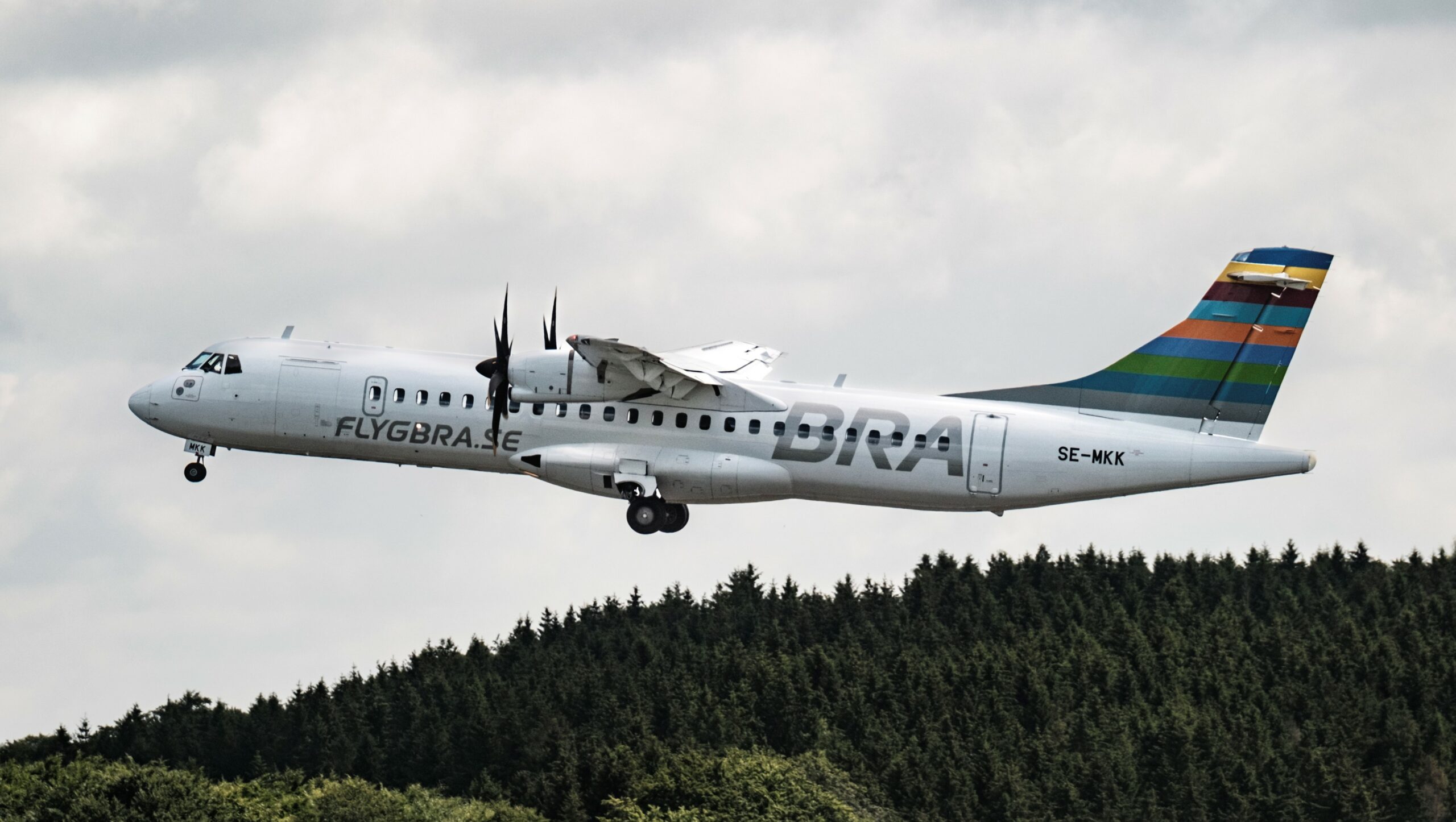
ATR Braathens SAF scaled
PR: Pratt & Whitney Canada announced the successful flight test of dual PW127M engines with 100% Sustainable Aviation Fuel (SAF) on a Braathen Regional Airlines’ ATR 72-600 aircraft. Both PW127M engines were fueled exclusively with Neste MY Sustainable Aviation Fuel and flew for two hours total, Malmo to Bromma Airport and return. This was a collaborative effort involving the airline, ATR, and Pratt & Whitney Canada.
“We are extremely pleased with the successful testing of our PW127M engines on 100% SAF,” said Timothy Swail, vice president, Regional Aviation and APU Product Marketing and Sales for Pratt & Whitney Canada. “We have worked closely with ATR and Braathens leading up to the flight testing and share their enthusiasm over the future application of SAF in the aviation industry.”
The flight marked the first time Pratt & Whitney engines simultaneously flew on 100% SAF and the first turboprop in the world to reach this exciting milestone. Commercial aircraft today are certified to fly on 50% SAF blends, and the results of today’s test will be used to prepare for a potential 100% SAF drop-in solution for aviation. SAFs have the potential of reducing emissions by up to 80% compared to traditional kerosene and are a potential solution to help aviation achieve its Net Zero by 2050 goal.
ATR CEO Stefano Bortoli, said: “Today is a historic day for aviation. After more than a century of commercial flights powered by kerosene, we are at the dawn of a new era. In recent months, with the support of Pratt & Whitney Canada we carried out a series of successful flights with sustainable fuel in one engine. We now decided it was time to perform the first test flight with 100% SAF in both engines. This helps us to certify our aircraft to fly solely on sustainable fuels faster and to enable more sustainable air links as a result. The flight represents a true milestone for the entire aviation industry as it shows that this technology works and can be promptly adopted by many in our industry to speed up the transition to zero emission aviation.”
This is quite an important moment – 100% is a sign of growing confidence in SAF. 50% is the certificated rate. The good news is that SAF works as described.
But here’s the problem – aviation demand for SAF outstrips supply by an order of magnitude. At last year’s IATA AGM we heard that one airline could use the entire global SAF production within a week. Demand is close to infinite compared to the current production.
The great news is that SAF can be produced from what is essentially trash. In order to deliver more SAF, governments need to step in to offer incentives for its creation. Taxes on fossil fuels could be used for this purpose. The global commercial aviation industry is crucial for the global economy – the Covid pandemic showed that quite clearly. Since SAF can come from trash, supply can be developed everywhere, not just in a few places rich in fossil fuels. That de-risks supply and ensures economic benefits across the globe.
Views: 4




